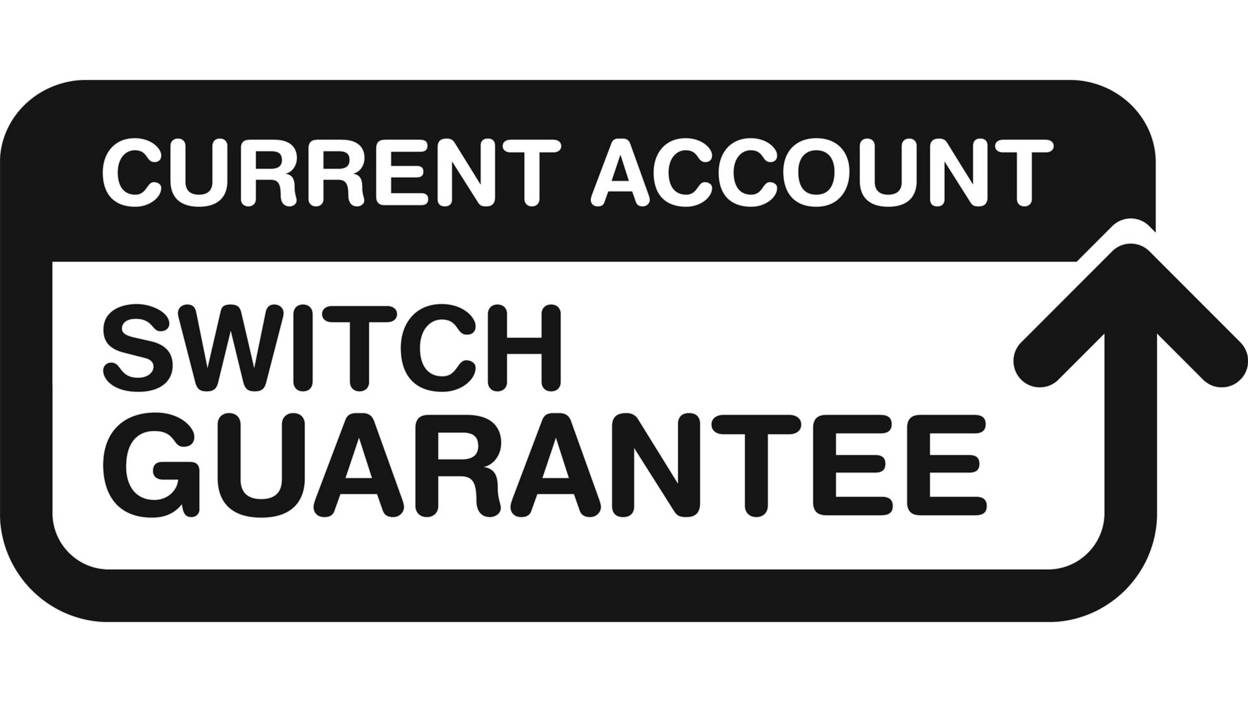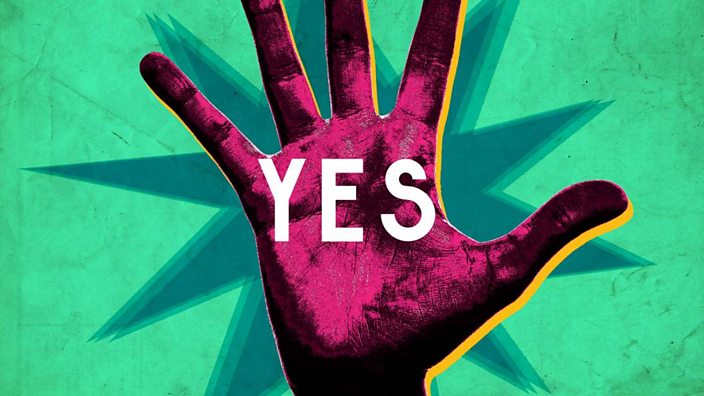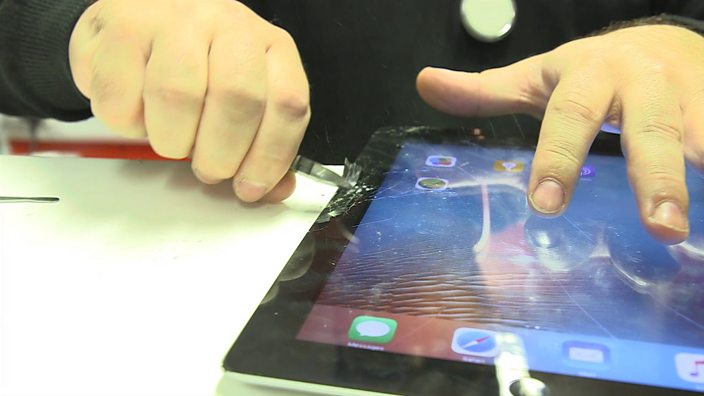 BBC
BBCWatchdog on Three: Are you too loyal? Switch suppliers and save cash
Are you a loyal customer? Or just too lazy to switch and save money?
At this time of year we’re forever being told it’s time to switch energy supplier, time to find a better deal, time to fix your rate – in short, time to save money.
Whether it is bank accounts, broadband providers, home insurance or car insurance, it’s definitely worth taking some time to to hunt for that ‘better deal’ rather than stay lazy with the same supplier and potentially lose money.
Claire Rowe from Northwich, Cheshire, received a renewal notice from her car insurance company. Claire was paying £47.53 a month. They wrote to her and told her it was going to go up to £89.23 a month. She had changed her car during the year but was still shocked by the £40 increase. “I couldn’t get over the price hike. I went straight online, used one of those price comparison websites and found a perfectly good policy for £34.15 a month.” Claire has saved herself £600 over a year.
So there are savings to be made, but many of us just don’t bother.
For those who have never switched energy supplier, you could save £300 a year. By switching bank account you could make £200 and, like Claire, if you shop around for home or car insurance you could save hundreds.
Personal finance expert, James Daley, from Fairer Finance says: “Loyalty no longer pays. In fact, it’s actually the opposite now. The more loyal you are the worse off you end up being. This is particularly true with insurance but also with credit cards. The 0% interest rate period expires, and people are automatically put on a very high rate.”
 BBC
BBC
With bank accounts we’re the worst. Research carried out by ComRes on behalf of BBC Watchdog reveals that 70% of 18-34 year olds have never changed their current account bank provider.
But it’s worth keeping an eye on the rewards your bank account offers. The Santander 123 account offered a high interest rate on savings at a cost of £2 a month. A few years later, the cost of the account has increased to £5 and the savings rate has been halved.
If your bank has reduced its rewards you could look elsewhere. Switching your current account bank provider can sound pretty daunting – transferring direct debits, standing orders and payee information – but it’s far simpler than you might imagine, and worth it. James says: “The vast majority of people don’t switch. People think it’s a massive hassle. But once you’re in the mind-set of shopping around, you’re going to be able to get better deals elsewhere.”
 BBC
BBC
Elaine Starborg from Kingston Upon Thames had numerous current accounts with different banks. Fed up with the hassle of dealing with different banks and remembering loads of passwords, she decided to streamline and have everything in one place. So, she shopped around and found a good deal with a new bank. “Initially I was dreading it. But it was actually really simple. I just went into the new bank, signed some paperwork, showed some ID and they did the rest. It was all done within about a week.”
Still not convinced about the merits of switching? Even just the threat of leaving can save you some money. “If you can’t be bothered to switch, go on a comparison website to see what you can get elsewhere. Call your provider and tell them that you’ve found a better deal and that you’re going to switch unless they can match it. They’ll usually sort you out there and then,” advises James.
 BBC
BBC
Matthew Finnis, a car salesman from Lancing in Sussex, did exactly that when he came to the end of his TV and broadband contract. “I was paying £80 a month, so when it came to the end of my contract I spoke to them and told them I was leaving because I could get a better deal with someone else. They offered me the same package for £40 a month for a year, so I stuck with them. It’s always the same – loyal customers don’t get the deal, it’s always the new customer.”
 BBC
BBC
Here's how it works:
Step 1
Make sure you can switch. If it’s a joint account, both parties must give their permission. You can¹t use the service to switch saving accounts, ISAs or non-sterling payment accounts.
Step 2
Identify your new account and check it’s the one for you. You can get help from various websites, such as uSwitch and moneysupermarket.com. Remember to check the overdraft facilities, and whether or not it requires you to deposit a set amount into the account each month.
Step3
You choose the switch date – so choose one that works for you. You can use your old account until that switch date, so cards, mobile and online banking will all still work.
Step 4
To start the switch, you’ll need to agree to the Current Account Switch Agreement and the Current Account Closure Instruction. Then you just leave it to the banks.
Step 5
On your switch date, your new account will be ready to use and your old account will be closed.
What if something goes wrong?
If anything goes wrong, in the first instance contact your new bank. If you don’t get a satisfactory response with eight weeks, go to the Financial Ombudsman Service. You can read can your rights here.
Top tips
- If you think you’ll need to access your old statements, then download them before you switch.
- Cancel any payments you no longer use - there’s no point transferring them to the new account.
- Don’t set up any new payments during the 7 day transfer period – they won’t be moved across to your new account.
- Don’t be complacent. If you’re unhappy, if you’re getting shoddy service or you think you’re getting a bum deal – switch.















